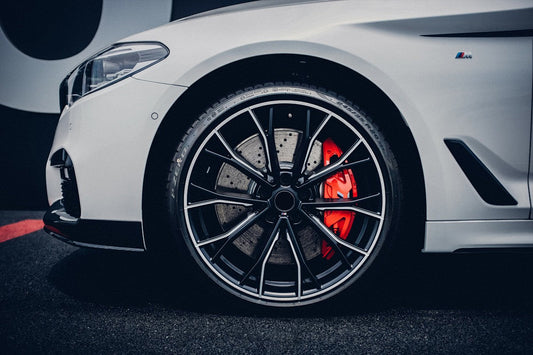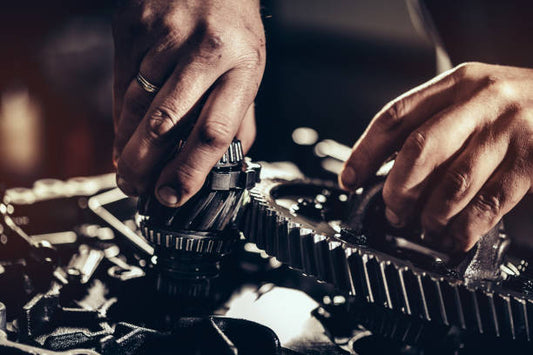How to Check Your Car’s Oil: A No-Fuss Guide to Keeping Your Engine Happy
Let’s cut to the chase: Your car’s engine is like that one friend who never complains but definitely notices when you forget their birthday. Keep it happy, and it’ll keep you rolling for years. The secret? Checking its oil. Yeah, it sounds basic, but trust me—skipping this could cost you a fortune (or a new engine). Let’s break it down, no jargon, just real talk.

Cars have come a long way since the first horseless carriages rolled off the line 125 years ago. Electric windows, touchscreens, even self-driving features? Check, check, check. But here’s the kicker: They still need oil. Gas or diesel, SUV or sedan, that engine under your hood? It’s thirsty for oil. And if you let it run dry? Catastrophic failure. Like, “your car becomes a very expensive lawn ornament” kind of failure. Electric vehicles? Lucky you—no oil, no fuss. But if you’re rolling with gas or diesel, read on.
Now, modern cars? They’re pretty good at sipping oil. Many won’t need a top-up between oil changes. But older pals—especially those pushing 100k miles? They’re like that one coffee mug with a crack; they’ll leak a little, burn a little, over time. Ignore it, and suddenly you’re staring at a $5k engine repair bill. Not fun. So here’s my rule: Check it weekly for a month. Learn its “habits”—does it lose a quart a week? A drop a day? Then ease up to monthly checks.
Pro tip: Some new cars are lazy. They’ll tell you when oil’s low—dashboard light, digital readout, maybe even a little chime. Check your owner’s manual to see if yours is one of those. But don’t get too cozy—those systems aren’t perfect. Knowing how to do it manually? Non-negotiable.
Alright, let’s get hands-on.
Step 1: Prep Work (Don’t Skip This!)
First, park on flat ground. Slopes mess with the oil level—like trying to measure water in a tilted glass. Shift to Park (or 1st gear if you’ve got a stick shift). Kill the engine, but wait—let it cool a bit. Hot oil splashes, and you’ll burn your hand (and probably make a mess). Warm is good; scalding? No thanks. Hood open? Good.
Most hoods have a release lever under the dashboard, left side. Once you pull that, there’s a safety catch under the hood’s front edge—you’ll hear a click when it’s unlatched. If you’re new to this, your manual’s got pics. Trust me, it’s easier than it sounds.
Step 2: Find the Dipstick (It’s Not Hiding)
The dipstick’s your oil’s spokesperson. It’s a metal rod, usually bright yellow, with a handle that’s either labeled “OIL” or has a little oil-can symbol. It sits in a tube that snakes down to the engine’s crankcase—where the oil hangs out. Spot it? Good.
Step 3: Wipe, Don’t Panic (Yet)
Pull the dipstick all the way out. Grab a clean rag or paper towel—don’t use your shirt (you’ll regret it later). Wipe off the oil from the bottom up. Now, check the tip. See two lines? The lower one? That’s “uh-oh, you’re low.” The upper one? “All good, buddy.” Some dippers are extra helpful—they’ll say “SAFE” or “ADD” right on ’em.
Step 4: Test the Waters (Literally)
Wipe the dipstick again, then slide it back into the tube—slow and steady, like you’re sheathing a sword. Push it all the way down until it clicks. Now, pull it out slowly. Let the oil drip for a sec. Look at the tip.
- If the oil’s below the lower line? Grab a quart. You’re cutting it close.
- If there’s no oil on the tip? Oh no. Add a quart now, then wait 5 minutes. Check again. (Oil takes time to trickle down to the crankcase—don’t rush.)

Step 5: Breathe Easy (Or Fix It)
If after adding oil, the level’s between the lines? You’re golden. Fire up the engine, take a victory lap, and maybe high-five yourself. If it’s still low? Repeat Step 4. And maybe start keeping a jug of oil in the trunk—just in case.
Look, checking oil isn’t rocket science. It’s 5 minutes of your time, once a month. Do it, and your engine will thank you—by not leaving you stranded, or worse, costing you a kidney for repairs. And hey, if you’re still confused? Ask a mechanic. They’ll walk you through it. Your car (and your wallet) will thank you.




